- Oct 15, 2021
- 21 min read
Bioplastics: Plant or Plastic?
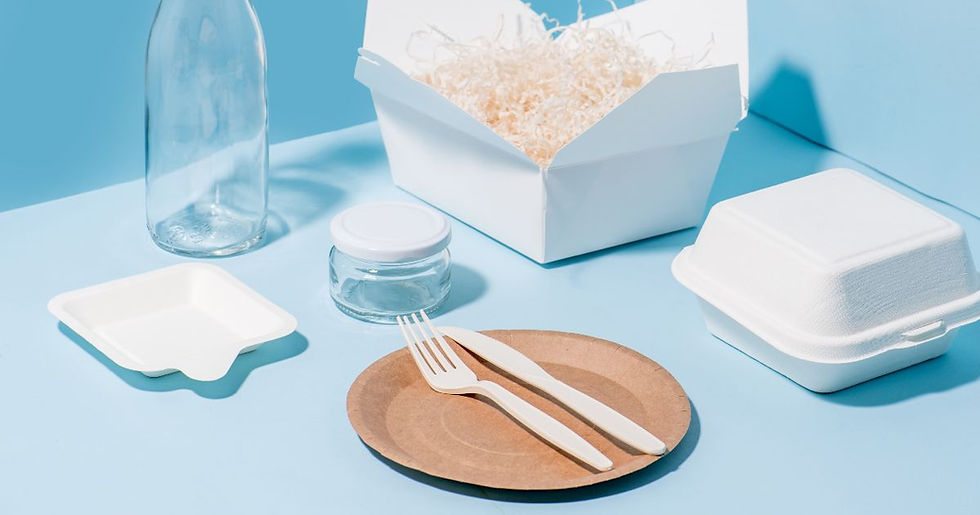
Plastics comprise a majority of consumer products, with one-third of plastics used for packaging in 2015, which has been invading natural environments. So how do we keep the practical qualities of plastic but make it less harmful to the environment? One proposed solution is bioplastics.
Bioplastics can reduce fossil fuel as a source for plastic and attempt to make a dent in the oil-based plastic production we have today. Plant-based plastics are an attractive pathway since government action and policy on changing plastic supply chains can take time to develop and implement.
Despite bioplastics’ pursuit of reducing fossil fuel demand, replacing plastic with a plant-based source is not as environmentally beneficial as previously intended.
Breakdown of Bioplastics
What are bioplastics exactly? Project Drawdown’s definition of bioplastics is plastics that utilize plants as an alternative source of carbon, and they often have lower emissions and sometimes biodegrade. These products look and feel like plastic but are made from renewable carbon resources such as corn, starch, potatoes, sugarcane, etc.
The main advantage of using plants as the plastic source is the ability to sequester carbon during their growth. Also, utilizing waste biomass, like bagasse, is especially beneficial since these vegetal sources are not interfering with other productive use such as food crops.
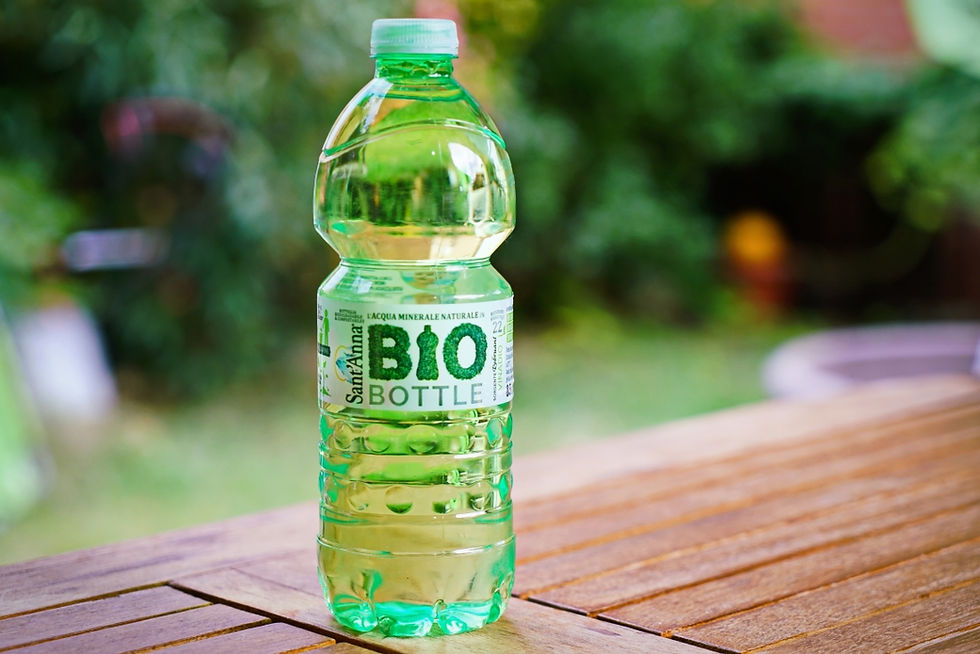
Where it gets tricky is how the plant source is transformed into “plastic.” The plant-based plastic’s chemical structure is actually identical to petroleum-based plastic, which can compromise its ability to biodegrade. Also, not all products are 100% bioplastic and are mixed with fossil fuel plastics, making it difficult to sort and recycle at its end-of-life.
The variety of bioplastics can confuse consumers as many different plant-based single-use products are popping up in everyday life. One distinction between available products is the terminology used to identify and categorize these bioplastics.
Bio-Based Terminology
There are many attempts to making packaging and disposable materials more environmentally friendly. The ultimate goal is to reduce the volume entering waste streams and ensure they are made from less toxic materials. Biodegradable materials can help reduce negative environmental impacts.
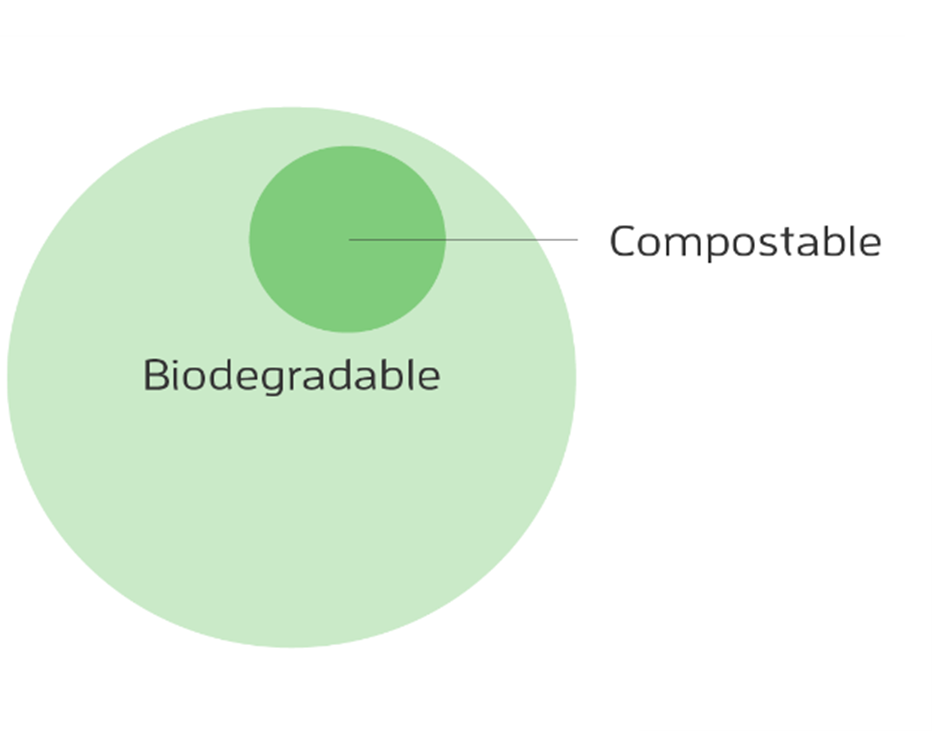
However, labeling biodegradable is generic and misleading. There’s no national standard or regulation on what biodegradable products are. Fun fact, it’s illegal to market products as “biodegradable” in 4 states!
A distinction to help understand biodegradability is the difference between biodegradable and compostable products.
Biodegradable
Biodegradable means any material that microorganisms can break down and assimilate into the natural environment over time. It is a natural process that depends on the oxygen, temperature, light, water, and the object’s chemical composition to decompose fully.
All materials can biodegrade and assimilate back into the environment, but certain materials take longer than others. One example is petroleum plastics take 500+ years to biodegrade compared to paper decompose in 1-5 months. Labeling items as biodegradable doesn’t include how long or the kind of environment an item takes to break down.
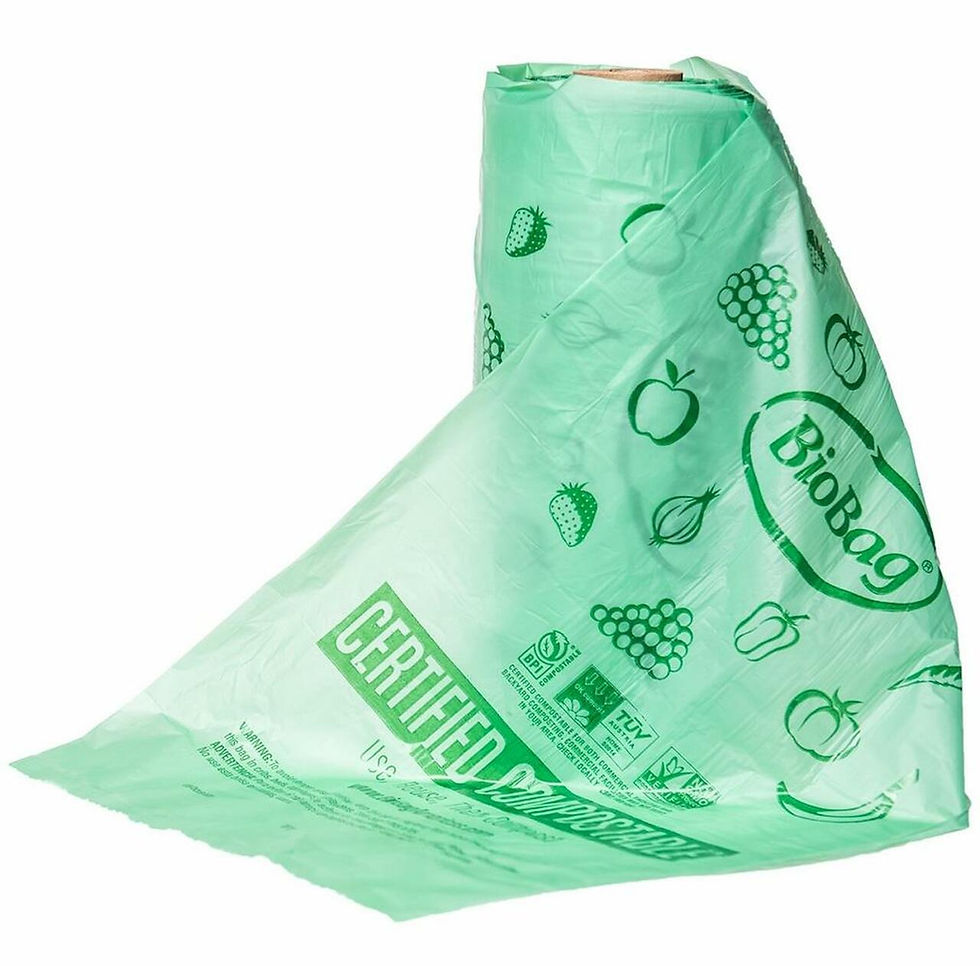
Compostable
Compostable products are materials that can biodegrade in specific human-driven conditions and timeframes. Composting speeds up the breaking down of items due to a more controlled material selection input and ideal environmental conditions.
The material decomposition of bioplastics must be at the same rate as other organic materials composted to yield good compost. These materials also should not leave toxic residue or negatively impact compost quality. Finally, different compostable categories depend on whether it is suitable for home or facility composting.
Overall, compostable materials are required to be more transparent on decomposition compared to the term biodegradable. Compost labeling is also more specific because it identifies materials suitable for industrial facilities or backyard composting. Verification of these terms is most reliable through a third-party organization. The certification process can specify whether materials are fit for industrial facilities, such as primarily rigid plates and utensils, or backyard/home composting, typically produce bags and some paper plates.
Who’s checking biodegradability?
Thankfully, not all bioplastics are running unregulated, and there are some verifications on the composition of these materials.
The American Society for Testing and Materials (ASTM) is an international standard organization that develops and publishes voluntary technical standards for various materials. The D6400 and D6868 standards are designed to provide scientific verification that a material can safely break down in a commercial compost facility and will not negatively impact compost quality.
However, there are currently no ASTM standard test methods to evaluate the ability of a plastic to compost in a home environment.
The Biodegradable Products Institute is a science-driven organization that promotes the production, use, and appropriate end of life for materials/products designed to biodegrade in the environment entirely. They also test materials for biodegradability and compostability to certify products. Consumers can find the BPI logo on products that indicate whether the material is explicitly compostable or biodegradable.
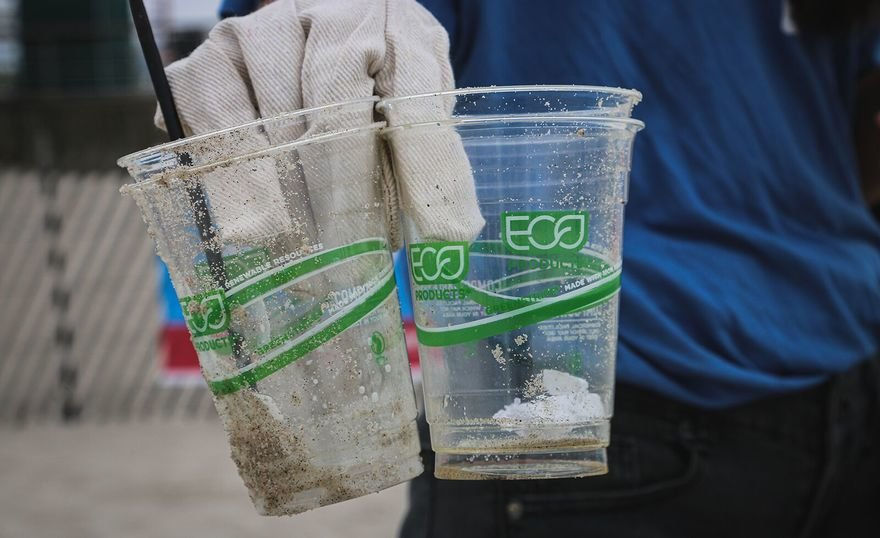
Bioplastics Not Quite Receiving the “Environmentally Friendly” Stamp
Despite bioplastics having a percentage of its raw material composition from plant-based sources and organizations offering to verify bioplastic composition, multiple factors create barriers to adopt bioplastics as a viable solution to our plastic crisis:
-
Terminology: Bioplastics is more of an umbrella term as many kinds of bioplastic differ in their chemical composition, and in the amount of source material from renewable or plant resources.
-
Composition: Not all bioplastics are biodegradable (able to break down into smaller molecules naturally) or compostable (able to biodegrade in controlled environments). Variance in biodegradability can confuse consumers and lead to disposal complications and pollution.
-
Standardization: There is no standard for bioplastic manufacturing regarding the material source and bioplastic composition. Variability in bioplastic quality impacts the ability of products to breakdown; for example, bioplastics are typically not certified to decompose in marine environments
-
Recycling and disposal: Bioplastics can’t be placed in recycling since they can “contaminate” oil-based plastic collections and reduce the value of plastic for recycling.
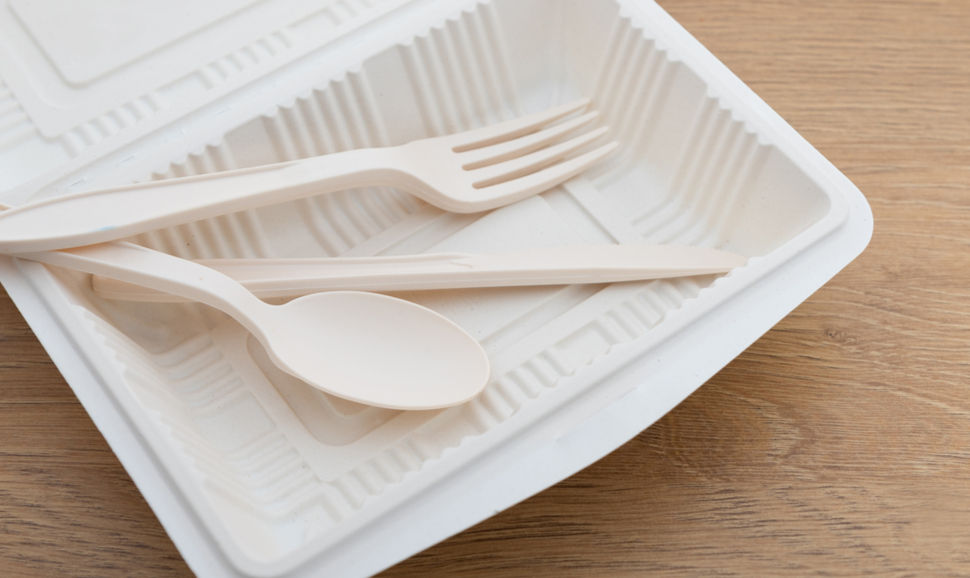
Bioplastics as a friend or foe?
Although bioplastics can be made with less toxic materials (such as BPA and harsher additives) and have a higher capability of biodegradability than traditional plastic, there are a few caveats to adopting them as our plastic alternative fully.
Bioplastics only represent 1% (about 2.1 million metric tons) of all plastic production. There would have to be a major increase in the production of bioplastics for a significant shift from petroleum sources to occur.
The consensus among many sustainability groups and professionals is that bioplastics cannot proudly wear the environmentally friendly badge due to its lack of standardized materials for safe decomposition and infrastructure to support sorting and recycling.
In the end, Bioplastics have similar properties and challenges as plastics and cannot be relied on as a solution to plastic use. A larger, systemic change to reduce plastics from supply chains and normalize plastic-free packaging would be more impactful than substituting with bioplastics. In the meantime, reusable and certified compostable materials are an effective way to avoid plastics.
Celine Damide is a Clean Energy Data Analyst at Brightcore. She contributes to our sustainability blog, where we share insights on clean energy solutions for your business or institution, whether you have a fully formed corporate social responsibility plan or you are just starting to consider a renewable energy or energy efficiency strategy. Follow Celine and Brightcore Energy on LinkedIn and Twitter (@BCEnergy).


-3.png)


